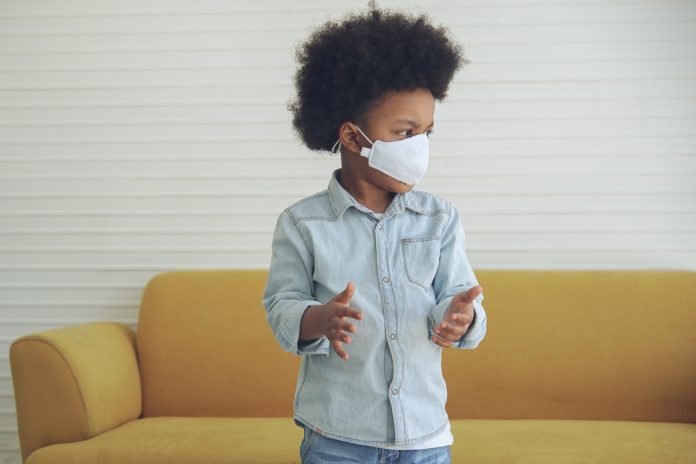A new study led by Children’s National Hospital researchers shows that minority and socioeconomically disadvantaged children have significantly higher rates of COVID-19 infection
COVID-19 has infected more than 4.5 million Americans, including tens of thousands of children, but studies have shown significant disparities in the rates of infection with minorities and socioeconomically disadvantaged adults. However, Monika Goyal, M.D., M.S.C.E, a pediatric emergency medicine specialist and associate division chief in the Division of Emergency Medicine at Children’s National, says it has been unclear whether these disproportionate rates of infection also extend to children.
Dr Goyal and her colleagues examined data collected between March 21, 2020, and April 28, 2020, from a drive-through/walk-up COVID-19 testing sites for patients aged between 0 and 22.
When she and her colleagues analysed the data from the first 1,000 patients tested at this site, they found that 7% of non-Hispanic white children tested positive for COVID-19, 30% of non-Hispanic Black and 46% of Hispanic children were also positive.
“You’re going from about one in 10 non-Hispanic white children to one in three non-Hispanic Black children and one in two Hispanic children. It’s striking,” says Dr. Goyal.
The researchers then separated the group of 1,000 patients into estimated family income quartiles and found marked disparities in COVID-19 positivity rates by income levels: while those in the highest quartile had infection rates of about 9%, about 38% of those in the lowest quartile were infected.
Although these numbers show clear disparities in COVID-19 infection rates, the authors are now trying to understand why they occur and how they can be mitigated.
“Some possible reasons may be socioeconomic factors that increase exposure, differences in access to health care and resources, as well as structural racism,” says Dr. Goyal.
Children’s National is now working to address the factors that might increase the risk of COVID-19 infection, such as food and/or housing insecurity, and guide patients toward resources when they receive their results.
“As clinicians and researchers at Children’s National, we pride ourselves on not only being a top-tier research institution that provides cutting-edge care to children, but by being a hospital that cares about the community we serve,” says Denice Cora-Bramble, M.D., M.B.A., chief medical officer of Ambulatory and Community Health Services at Children’s National and the research study’s senior author. “There’s still so much work to be done to achieve health equity for children.”
Other Children’s National researchers who contributed to this study include Joelle N. Simpson, M.D.; Meleah D. Boyle, M.P.H, Gia M. Badolato, M.P.H; Meghan Delaney, D.O,. M.P.H.; and Robert McCarter Jr., Sc.D.
The findings were reported online in Pediatrics.
Original source: https://www.eurekalert.org/pub_releases/2020-08/cnh-crh080420.php











